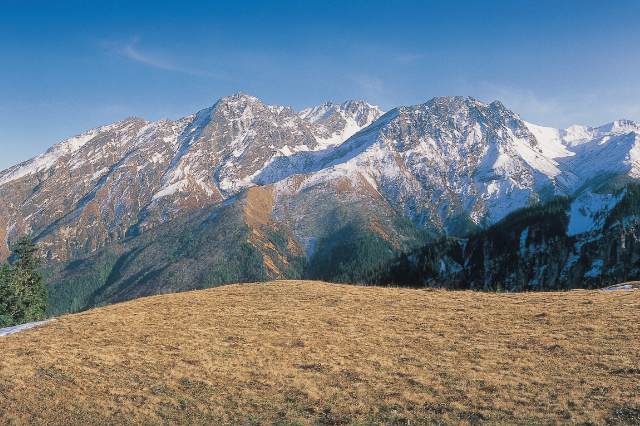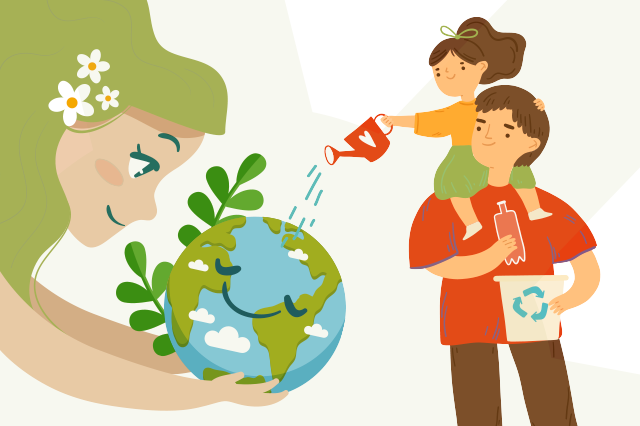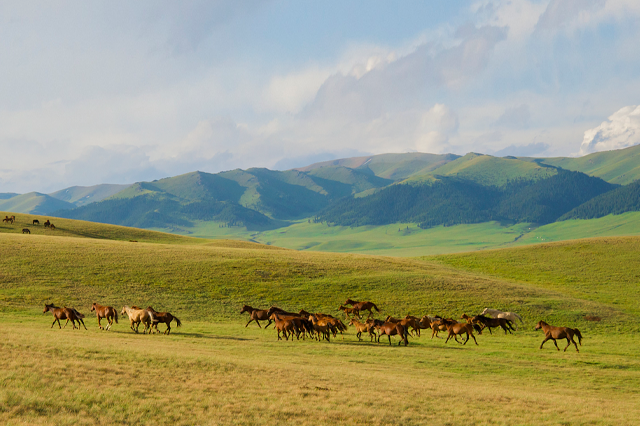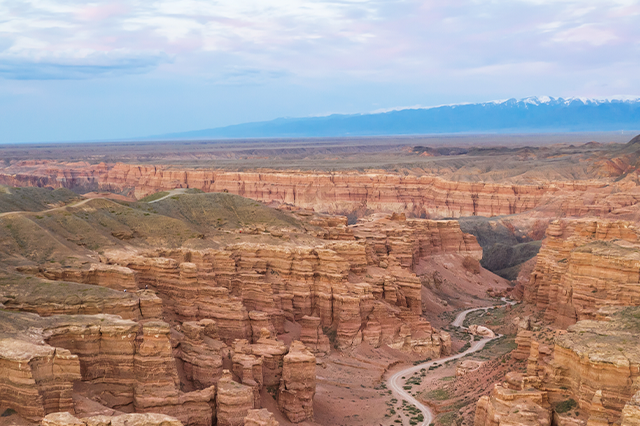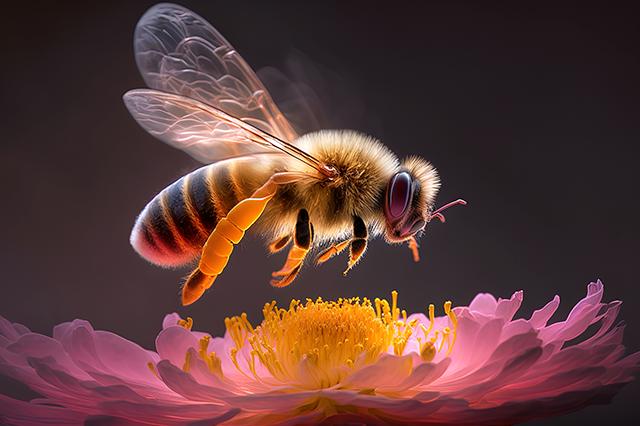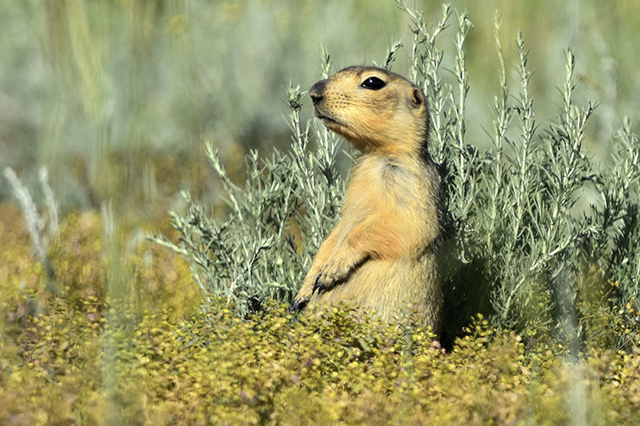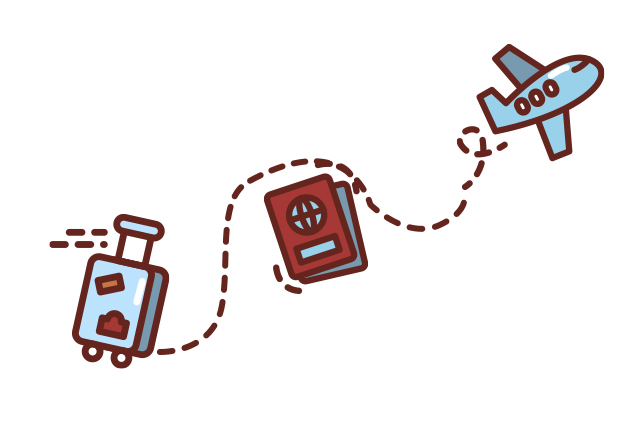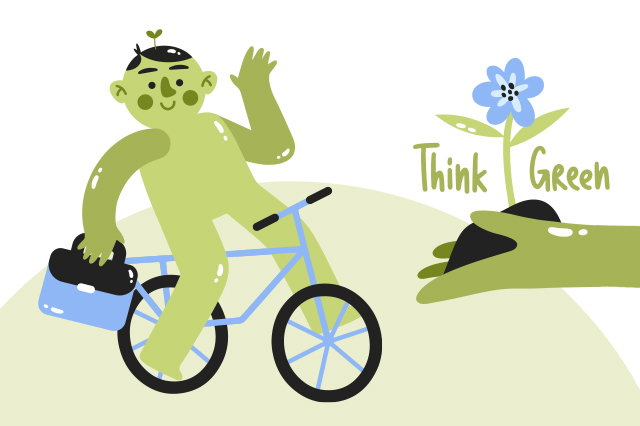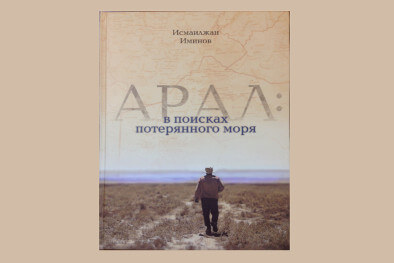The current state of bee populations in Kazakhstan requires attention and further efforts to maintain and improve. In recent decades, there has been a slight decline in bee populations caused by various factors, including changing agricultural practices, environmental pollution, frequent poisoning of bees by herbicides and different agricultural field treatments, loss of natural habitats, and climatic changes.
Main threats and problems faced by bees in Kazakhstan
Today, one of the main threats to local bee populations is the uncontrolled and massive importation of bees abroad, especially from Uzbekistan. Unbridled and mass importation leads to the hybridization of local populations, negatively affecting the bee's purity, strength, and health. Hybridized bees endure winter much worse. Moreover, many of the imported bees are carriers and vectors of diseases.
Mass deaths from toxic solutions sprayed during anti-tick measures, bees, and fish in reservoirs and canals have become more frequent. For example, the insectocaricidal agent Fipron 0.2% (Fipronil 0.2%) is toxic to both bees and aquatic organisms, according to the safety data sheet. This solution is not washed away after rains, and small ruminants (MRS) and cattle eat grasses with this substance, which can get into milk or food.
Given the climatic features of Kazakhstan and Central Asia, with increasing temperatures and decreasing water resources, developing environmentally sustainable agricultural practices is essential. This will not only help to preserve the bee population but also prevent future ecological disasters. Water scarcity is already a significant challenge, and this problem will only worsen.
Consequences of bee population decline in Kazakhstan: impact on the ecosystem and agriculture
The decline of bees in Kazakhstan threatens to cause severe problems for the ecosystem and the agricultural industry:
Bees play an essential role in pollinating many agricultural and wild plants. Reducing their numbers can impair pollination, reducing the volume and quality of crops. Some agro-crops directly depend on bees for fruit formation, affecting food security and the economy. To the extent that there will be a need to import bees to maintain crop yields.
Falling bee populations threaten biodiversity: many plants need pollination to reproduce, and bee shortages can upset the ecological balance.
Agricultural economies and related industries are also threatened as farmers and businesses rely on successful pollination.
Overall, the health of bee populations is critical to Kazakhstan's ecosystem and food security.
From research to technological innovation
We have faced several challenges but also positive changes for a long time.
The law on beekeeping has been in place since 2002, and the system of state support for breeding work in beekeeping has been in place since 2012, an important development factor. However, herein lies the rub: our program needs to achieve the effect we had hoped for. The reason for this is the need for a coordinating body capable of leading a scientifically sound plan of breeding work.
In 2020, a beekeeping department was established based on the Kazakh Research Institute of Livestock and Forage Production (KazRILFP), and in 2021 the program "Development of Technologies for Effective Management of the Breeding Process in Beekeeping" was launched. This provided a positive impetus and was the beginning of the development of beekeeping in a scientifically sound format.
A significant milestone in the development of beekeeping was the result of the program that deserves special attention - the digitalization of the industry using the Apislab platform. This platform is a unique tool that can revolutionize approaches to beekeeping management.
Apislab opens new horizons in the identification of bee breeds. Using morphometric methods, the platform allows analyzing the distances between the intersection points of the veins, their relationships, and the angles between the veins on a bee's wing. This makes it possible to accurately identify bee breeds and create a valuable database of local populations.
An equally important result is the instrumental insemination of mothers for breeding. This approach helps to improve the genetic potential of bees and increase the productivity of bee families. This opens new perspectives for breeders and beekeepers seeking to breed strong and adapted bees.
The significance of the Apislab platform extends far beyond beekeeping. It can be a bridge between beekeepers and plant breeders, bringing together everyone who shares an interest in beekeeping conservation. This is important for ensuring plant pollination and maintaining ecosystem balance.
One notable outcome of this program is the work to identify local bee populations that have evolved in remote climates. These populations have a unique value for future research, including the selection and study of the native bee Apis mellifera Pomonella, introduced into the systematics by Sheppard and Meixner.
"More importantly, there needs to be more proper realization of this field's importance and enormous potential. Beekeeping is not only about honey and crop pollination but also has the potential to produce pharmaceuticals, cosmetic products, and many other areas."
The magical symphony of bees in Kazakhstan: betting on the future of the ecosystem
Bees are the undisputed guardians of Kazakhstan's ecosystems, key participants in the pollination process, without which the pleasure of succulent fruits and vegetables can become just a memory. They contribute to rich harvests and are the key to preserving biodiversity.
A decline in their population is not just a reduction in the amount of honey. It threatens the quality and diversity of produce from our fields, where chemical interventions are becoming the norm. In their absence, they risk a chain reaction that could destroy the foundation of the ecosystem and overturn the food pyramid.
Bees are not just participants in ecosystems. They are vital architects of pollination. By enhancing the growth of flowers and fruits, they sustain our fields. Yet the decline in bee populations looms over us like a shadow. What awaits us if this symphonic chorus of bee wings falls silent?
However, we have an opportunity to make a difference. Where cozy bee houses exist, insect species multiply, keeping the ecosystem in harmony. This is not just a corner of nature. It is the future of our planet.
If we want our children to enjoy a world where nature reigns supreme, it is crucial to take care of bees. A decline in their numbers can affect the economy, impacting agriculture and society.
To prevent this threat, it is our responsibility to act. Conservation efforts, educational programs, and sustainable agriculture are the keys to the well-being of bees and our environment.
Kazakhstan's treasures: on the brink of extinction and the mission of bee conservation
The ancient steppes of Kazakhstan are home to unique bees, symbols of our biodiversity and cultural heritage. But these animals, adapted to harsh conditions and possessing rare qualities, are now facing the threat of extinction.
In 2003, scientists from the United States opened the door to the world of a mysterious bee, Apis millifera Pomonella, in Kazakhstan. Through the efforts of the program "Development of technologies for effective management of the breeding process in beekeeping," we have collected data about places where this bee can find its home. However, it is in danger of extinction. Thus, we risk losing biodiversity and the balance of living systems.
From Georgia to Germany, countries are taking steps to protect native bees from invasive species. What about us? We can create a sanctuary for our precious inhabitants in just a few square kilometers.
A specialist from Germany, Kaspar Binefeld, is amazed at the scale of what he has seen in Kazakhstan. He called our locations a natural paradise for bees.
Recent studies have found that human actions, invasive species, and climate change put them at critical risk.
It's time for us to join forces to conserve this biological treasure. After all, their loss threatens the balance of ecosystems and our country's cultural and historical heritage. Creating specially protected natural areas and educational programs will save them.
Ecological Beekeeping in Kazakhstan: The Path to Sustainable Rural Development
To ensure the sustainability of ecosystems and biodiversity conservation in Kazakhstan, it is essential to encourage farmers to adopt ecological farming practices.
The ecological approach can increase yields, improve product quality and increase incomes. Unlike chemical methods, biological pollination improves ecosystem health and food safety.
Policy support in this direction, which includes establishing a specialized scientific center on beekeeping, can lead to a new stage of sustainable agricultural development in the country.
How can global experience help in bee conservation in Kazakhstan?
Beekeeping is central to the global agricultural community, and successful practices worldwide are vital in ensuring sustainable industry development in Kazakhstan.
By studying the experience of countries with long traditions, such as Germany, Israel, and Turkey, we learn lessons on targeted policies aimed at bee conservation. These countries emphasize the importance of controlling the importation of bees to prevent the spread of disease and implementing monitoring systems to maintain healthy bee populations. However, Kazakhstan must focus on establishing its bee science institute to capitalize on these lessons fully. This will strengthen the position of our beekeeping industry and allow us to develop new products and technologies for various industries, from cosmetics to pharmaceuticals.
Our bees are our national treasure, and scientific innovation can help preserve them for future generations.
Kanat Mustafin, digitalization specialist, KazRILFP



